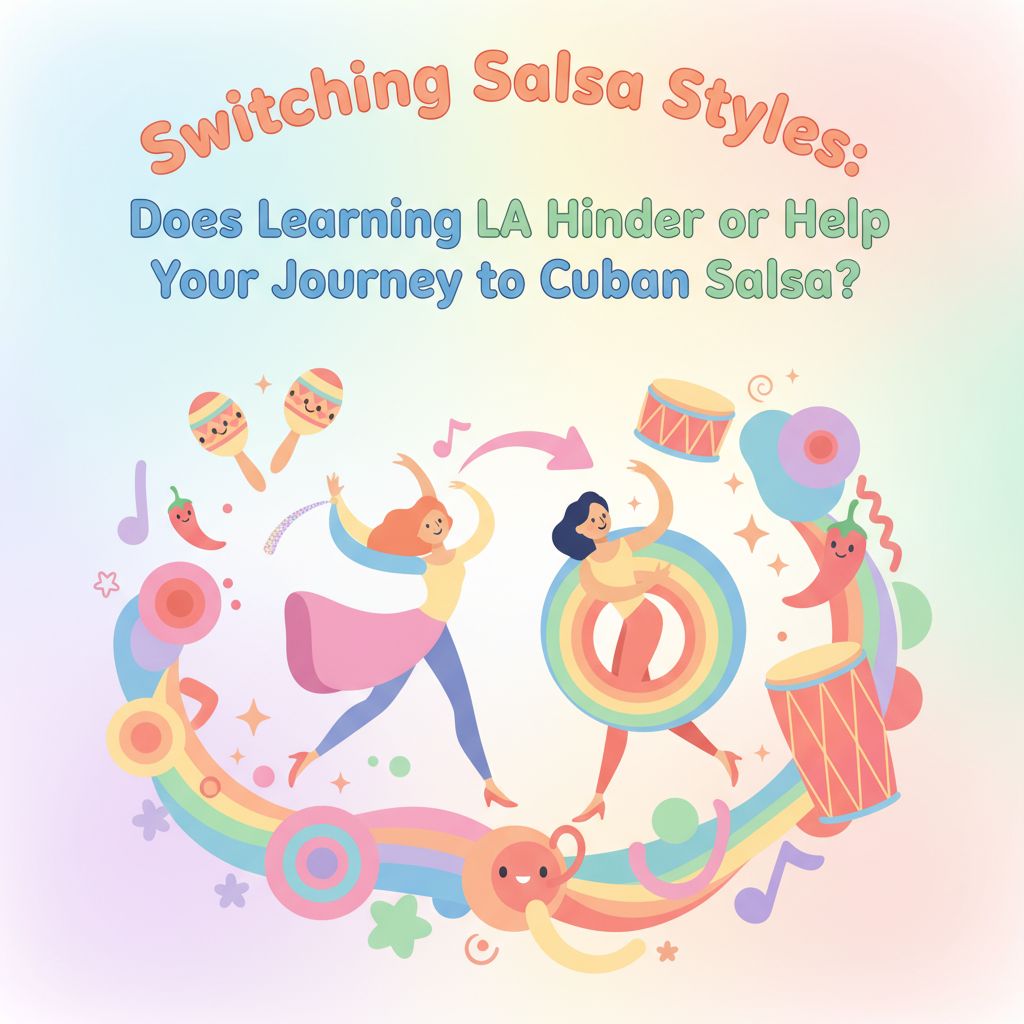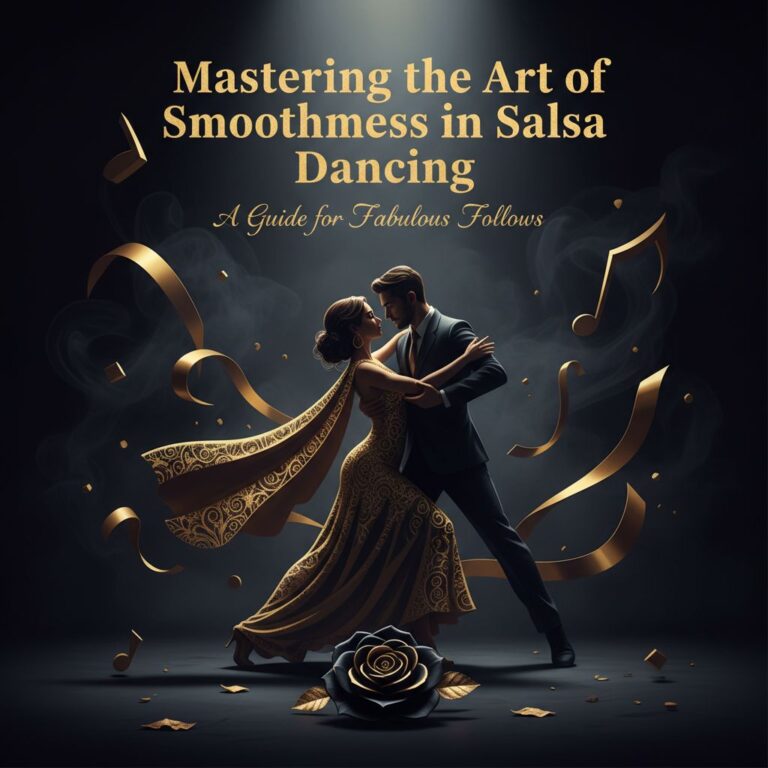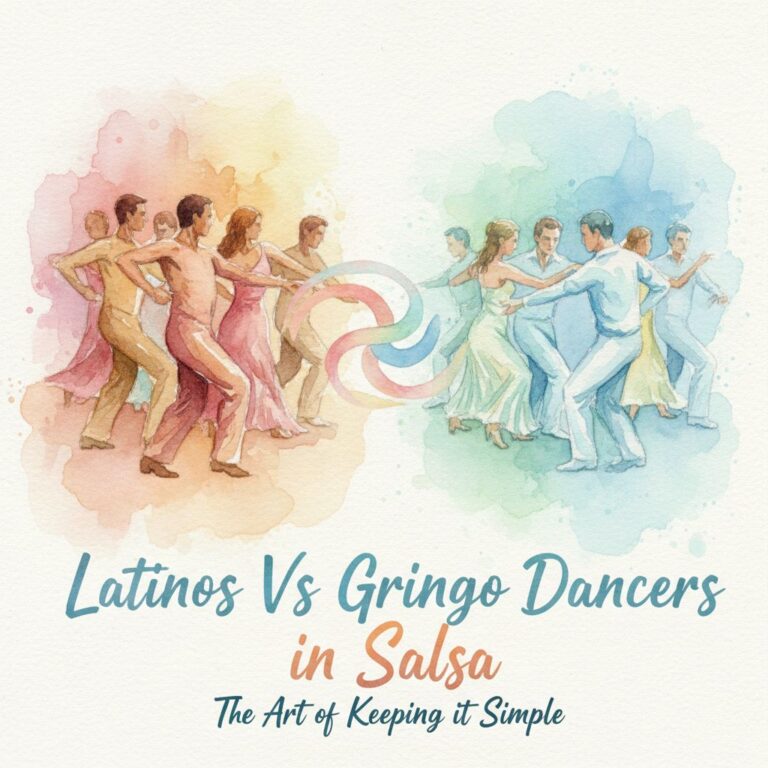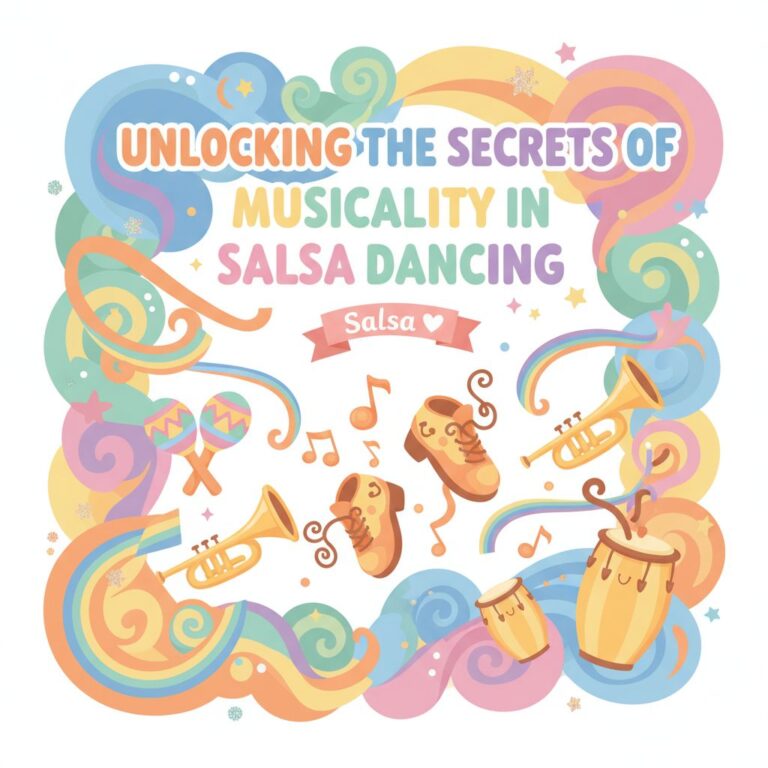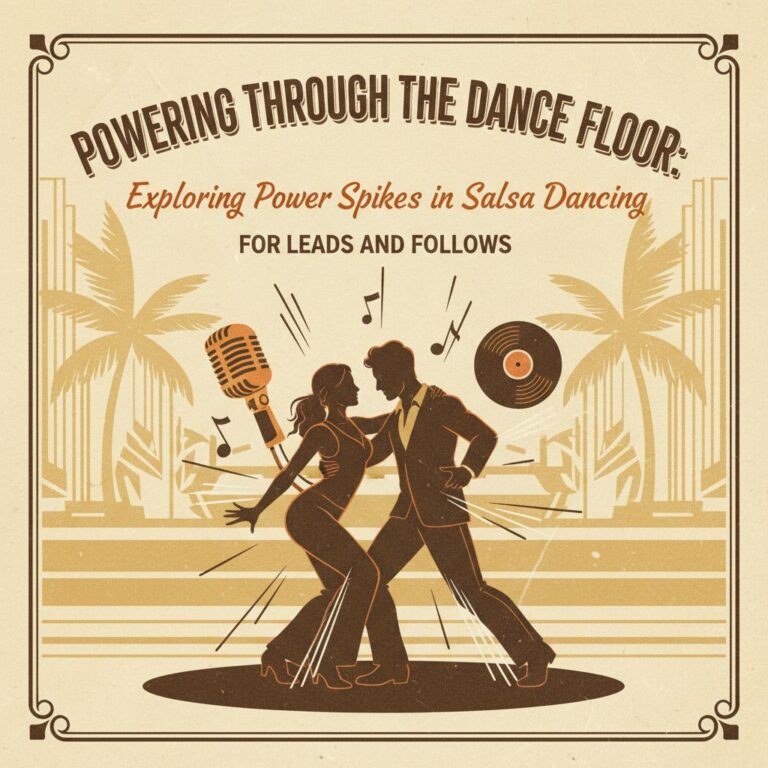Understanding the Distinctiveness of LA and Cuban Salsa
Salsa dancing, in all its magnificence, exhibits distinct styles that cater to a variety of tastes, and two of the most popular are Los Angeles (LA) and Cuban. Having spent a considerable amount of time learning the LA style, it’s natural to wonder whether this acquired knowledge will serve as a stepping stone or a stumbling block when transitioning to Cuban salsa.
At first glance, the LA style can feel almost choreographed. It’s a linear style of salsa, with dancers maintaining a straight line or track, adding a sense of discipline and structure to the dance. It’s a style that is performance-oriented and perfect for those who enjoy precision and complex turn patterns.
By contrast, Cuban salsa, also known as Casino, revolves around the principle of flow and spontaneity. This style involves circular patterns and is celebrated for its loose, relaxed rhythm that encourages the dancers to respond to the music and each other in the moment.
Building on Your LA Foundation
Having a solid foundation in LA salsa can indeed be beneficial when transitioning to Cuban style. Your understanding of rhythm, timing, and partner connection will not go to waste. These skills are universal, transcending the boundaries between different salsa styles.
An LA background also equips you with a repertoire of dance moves that can, to a large extent, be transferred to the Cuban style. The musical timing on counts 1 and 5, the importance of body isolation, and the focus on the rhythm of the clave, are some of the shared characteristics between these styles that will give you a head start.
The Challenge of Unlearning Habits
The challenge lies in breaking away from habits formed while learning LA salsa. The two styles, while both being salsa, have their distinct footwork and moves. For example, LA dancers may need to unlearn the back step and get accustomed to the ‘walk, walk, pivot, walk’ rhythm characteristic of the Casino style.
Navigating the Transition: Tips for a Smooth Switch
When setting out to learn Cuban salsa after mastering LA style, remember to be patient with yourself. Acknowledge that while they share similarities, they are different dances and it’s okay to take time to adjust.
Starting with beginner lessons in Cuban style can be helpful. This will allow you to build a strong foundation and grasp the basics before moving on to more complex sequences. Going back to basics does not signify regression; instead, it shows your commitment to learning the style authentically.
Respecting the Uniqueness of Each Style
Another important aspect to remember during this transition is to respect the uniqueness of each style. Retain what makes the LA style special when you dance LA, and embrace what sets Cuban salsa apart when you dance Casino. Switching between styles can be challenging at first, but with practice, one can learn to switch effortlessly, enhancing your salsa repertoire and versatility as a dancer.
Conclusion: LA as a Stepping Stone to Cuban Salsa
In conclusion, learning LA salsa should not hinder, but rather facilitate, your transition to the Cuban style. The skills and knowledge acquired during your journey with LA salsa can certainly be built upon when learning Cuban salsa. The key lies in approaching each style with openness, patience, and respect for its unique attributes.

